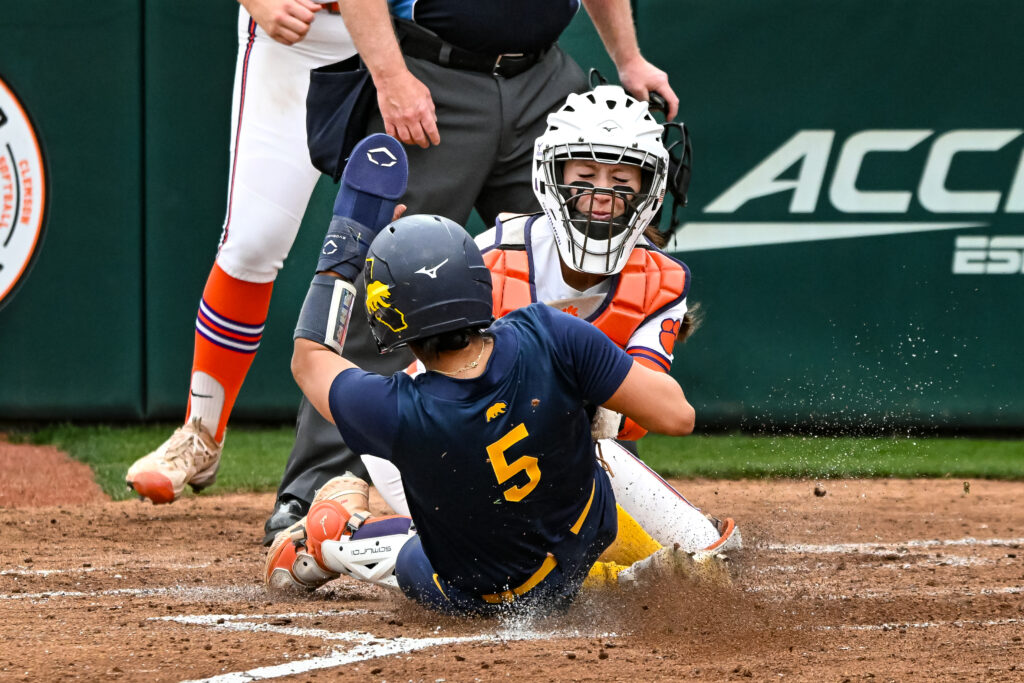Double First Base and Video Review Updates Among Big Changes for NCAA Softball

Double First Base Approved for Division I in 2025-26
The NCAA Playing Rules Oversight Panel has officially approved a double first base for Division I softball starting in the 2025-26 season. Divisions II and III will see the change a year later in 2026-27. This move follows a June recommendation from the NCAA Softball Rules Committee to better define the running lane between home plate and first base, giving umpires a clearer view when deciding whether a runner interfered with a defensive play.
Video Review Rule Changes
Teams will now keep their challenge if the call on the field is overturned, with unused challenges carrying into extra innings. Other notable updates include:
- A video challenge is allowed if interference is not called on the field and the ball stays live
- Interference called on the field remains nonreviewable, except in cases of spectator or batter interference
- No catch calls in the infield can only be reviewed if they result in the third out with runners on base, or any time with only the batter runner
- Monitors for on site reviews must be kept outside of team areas, with one umpire staying on the field during the process
- Defensive teams must remain on the field during a review, while offensive players may leave their positions. Any delay after the review decision will result in a ball or strike added to the count, depending on which team caused the delay
Other Approved Rules
- Offensive players can now use one way electronic communication devices, with messages coming from the dugout or coaches boxes
- All protests must be resolved during the game. There will be no more games played under protest
- Once a play is under review, it can be shown at any speed on the stadium video board
Rescinded Batters Box Proposal
The NCAA Softball Rules Committee decided not to move forward with a proposal that would have changed how certain batter positioning violations are called. The original idea was that if a hitter had one foot completely outside of the batter’s box or was stepping on home plate while making contact with the ball, the play would be stopped immediately with a dead ball.
After receiving feedback from coaches and administrators, the committee chose to keep the current rule in place. Under the existing rule, if any part of a batter’s body is touching home plate or is on the ground outside the lines of the batter’s box at the moment of contact, the umpire signals a delayed dead ball. Once the play is over, the defensive coach can choose either to accept the result of the play or enforce the standard penalty. The standard penalty is a strike charged to the batter and all base runners returning to the base they legally occupied at the time of the pitch. If the penalty results in a third strike, the batter is called out.
This means that a violation of this type will not immediately stop play, giving the defensive team the option to decide which outcome benefits them most.
Obstruction Rule Clarified
The obstruction rule has been updated to give a clearer definition of when a defensive player is in violation. Obstruction occurs when a defensive player, who is neither in possession of the ball nor in the act of fielding a batted ball, impedes the batter’s attempt to make contact with a pitch or blocks the progress of any runner on a live ball. This applies whether the act is intentional or unintentional.
The rule now spells out that it is obstruction when a defensive player without the ball blocks any part of the leading edge of first base, second base, third base, or home plate. It is also obstruction if the player physically or visually blocks the runner from advancing or returning to a base. Importantly, obstruction does not require physical contact. If the runner’s path is altered or their ability to reach the base is delayed because of the defensive player’s positioning, it can still be called.
Once the defensive player has possession of the ball, they may legally position themselves between the runner and the base or plate. Obstruction can occur on both force plays and tag plays, and blocking the leading edge of the base will generally be ruled obstruction unless it is clear the runner’s ability to reach the base was not affected.
However, if it is determined that the runner would have been out regardless of the obstruction, the out call will stand and the obstruction will be ignored. This prevents the rule from rewarding a runner who had no realistic chance of reaching safely even without the defensive player’s positioning.
Stay tuned and locked in with Fastpitch Wire, as we have you covered with softball news, stories, and game coverage. Find Fastpitch Wire on Facebook, X (Twitter), and Instagram. Also, check out the Fastpitch Wire Softball Podcast on YouTube, Apple, Spotify, or wherever you get your podcasts.









